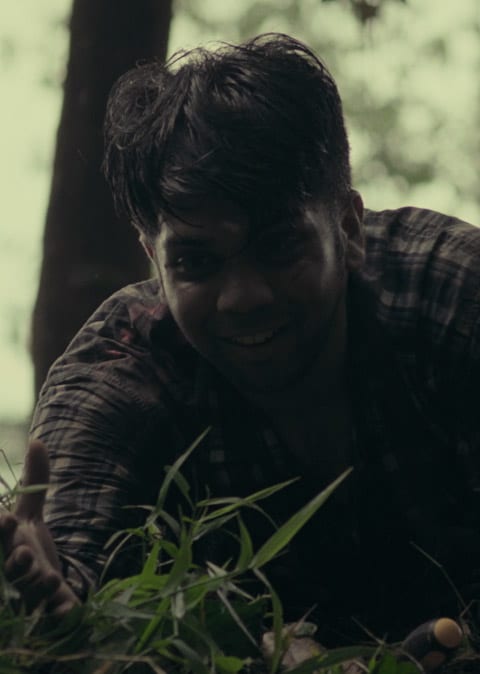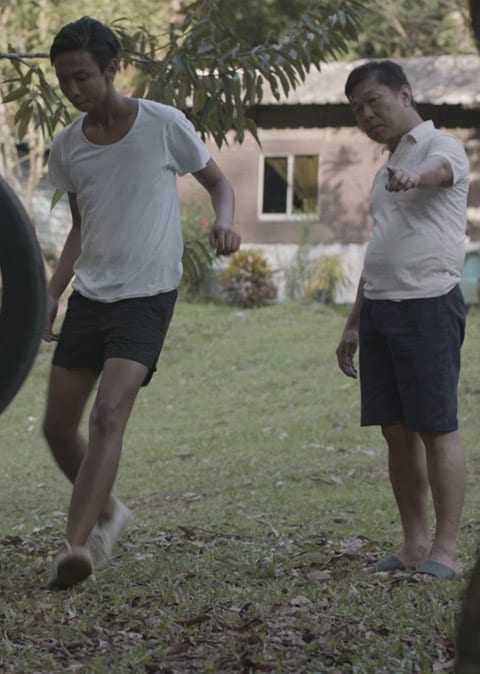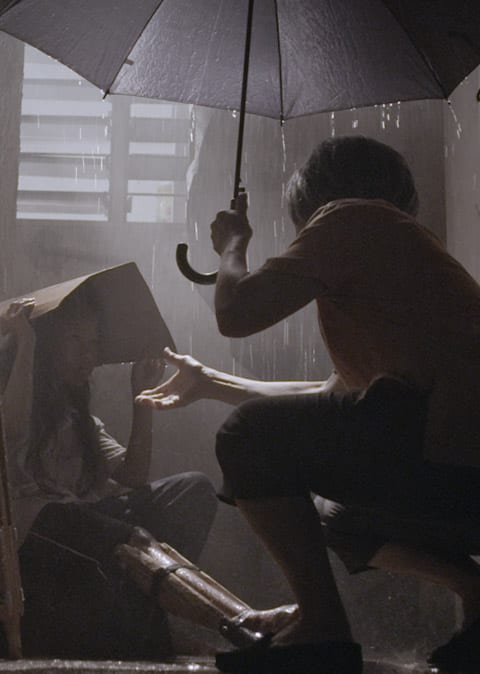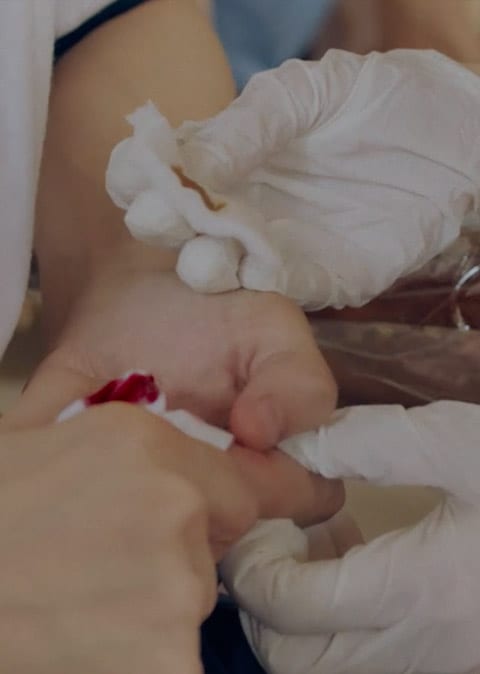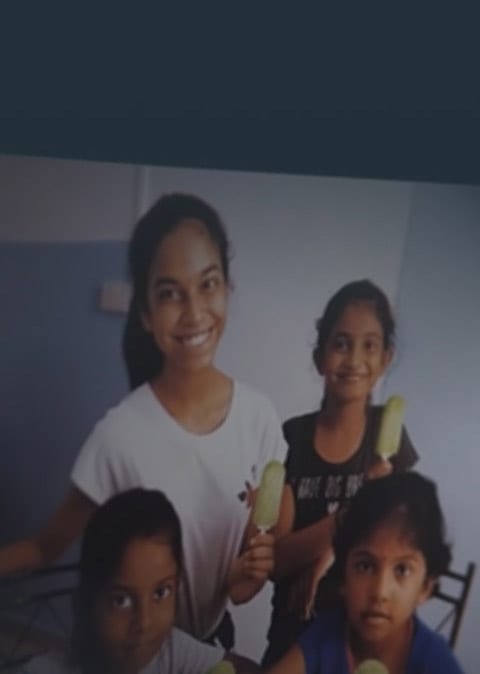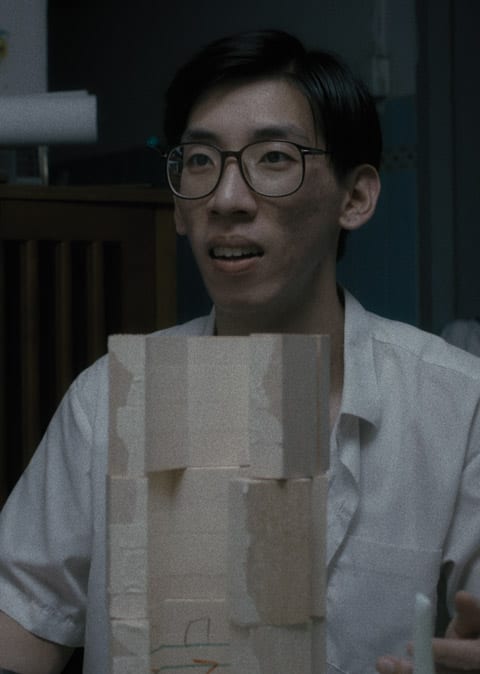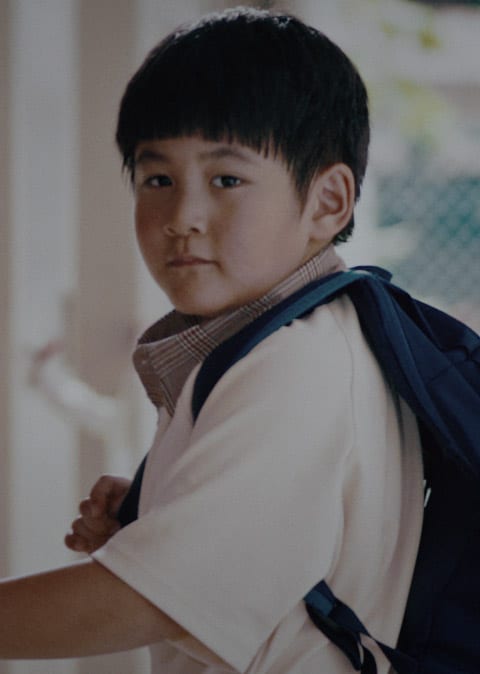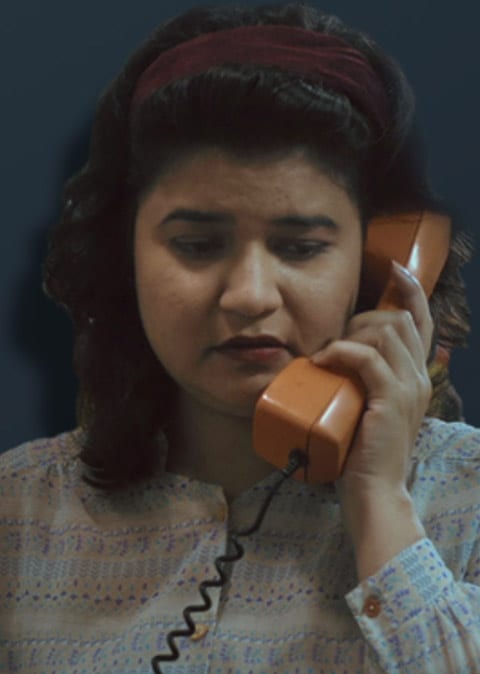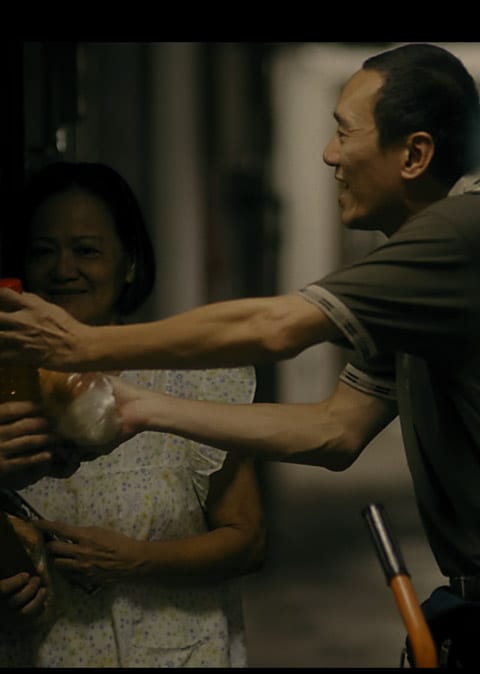It’s not just a job, it’s a calling. Daisy Khng, a special education teacher at Rainbow Centre, takes us through the highs and lows of her day.
We arrive at Seeds cafe, located at the entrance of Rainbow Centre’s Margaret Drive compound. Besides serving food and beverages, Seeds provides vocational training for individuals with disabilities so they can smoothly transition to the workplace
It’s there that we meet Daisy. She has taught at Rainbow Centre Margaret Drive School for more than 9 years, a school for children and youths with special needs. Initially a relief teacher at Towner Gardens School under MINDS, she decided to make this a full-time profession after encountering a father’s unwavering love and devotion to his son with special needs. She shared the same bus ride to school with the family every morning and noticed that even when the son did not listen, the father still loved him unconditionally. Inspired, Daisy planned how she could become a full-time special education teacher once her contract ended.
A Day In The Life of a Special Education Teacher
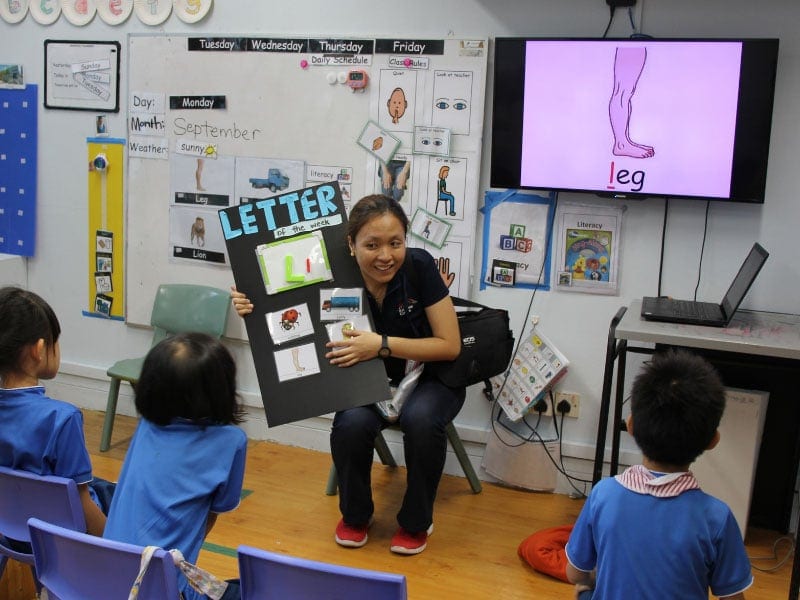
Daisy currently teaches students in the Junior section, aged 7 to 10 years old. Her day starts with a check-in time with her students consisting of attendance-taking, identifying the weather, and conversing about ‘Letters Of The Week’. The latter is an activity where the kids share words and things associated with a chosen letter from the alphabet. Daisy reveals that the daily programme hardly wavers “because the kids like structure and routines.”
What Special Education Teachers Do
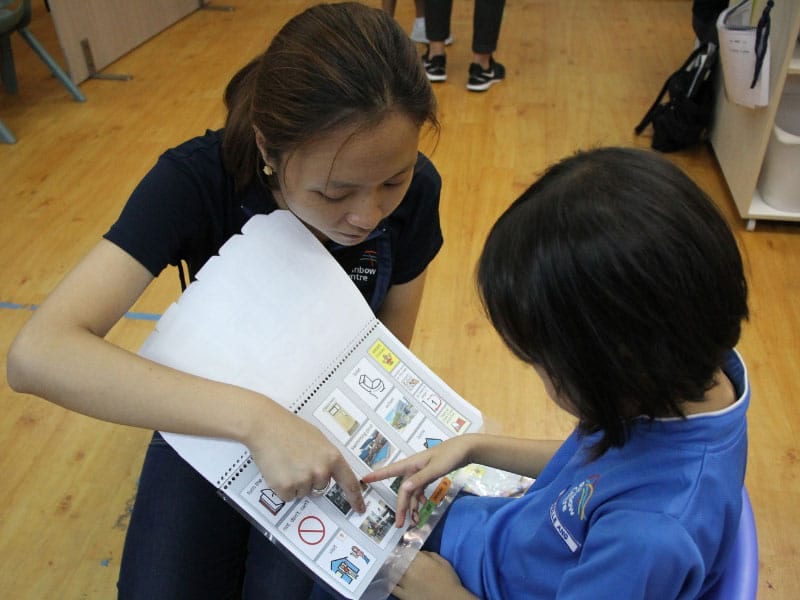
Rainbow Centre’s curriculum aims to nurture young persons with disabilities into adults who can live independently and engage actively in community life
1. Using Various Visual Aids to Help Kids Communicate
Daisy’s teaching style is intriguing. Whilst most of her students do not speak, she is able to have conversations with them using the PODD (Pragmatic Organisation Dynamic Display), a system with various visuals that aid sentence formation. The kids point at various pictures one at a time to construct a sentence. The visuals are sorted according to categories such as actions, descriptions, food and drinks, etc.
“Besides helping the non-verbal kids to communicate, it also encourages the rest to speak up more,” Daisy shares with a smile. “Though sometimes my cheeky students use the PODD to say nonsense,” Daisy adds on as she shakes her head and chuckles.
2. Teaching Emotions and Making Lessons Relatable
Teaching is no easy feat. Daisy shares how she initially experienced great difficulty teaching emotions to the children as it was an ‘abstract concept’ to them. She recounts the time when she had to teach the emotion of feeling scared and how the children did not seem to grasp it. Things improved when she used cartoons as a teaching tool, and found that it made the lessons more understandable. It was an ‘aha’ moment for her. All she needed was to tweak her teaching to be relatable to the children.
3. Managing Stress with Hobbies
When asked how she manages stress on a day-to-day basis, Daisy chuckles and says that she turns to sewing and playing the keyboard.
4. Keeping an Open Mind and Practicing Unconditional Acceptance
Daisy acknowledges that it is common for the public to be unsure of how to communicate with individuals with special needs. She felt the same when she first entered the industry. “It is important to have patience and an open mind,” she remarks. Everyone has a voice. While we may communicate differently, it is important to respect that persons with disabilities have a voice too.
“Acceptance is key,” Daisy reflects. “Don’t judge them as they are also trying to fit in. Instead, extend a hand of friendship to them.”
Daisy works at Rainbow Centre and teaches children with special needs. Find out more about Rainbow Centre.






